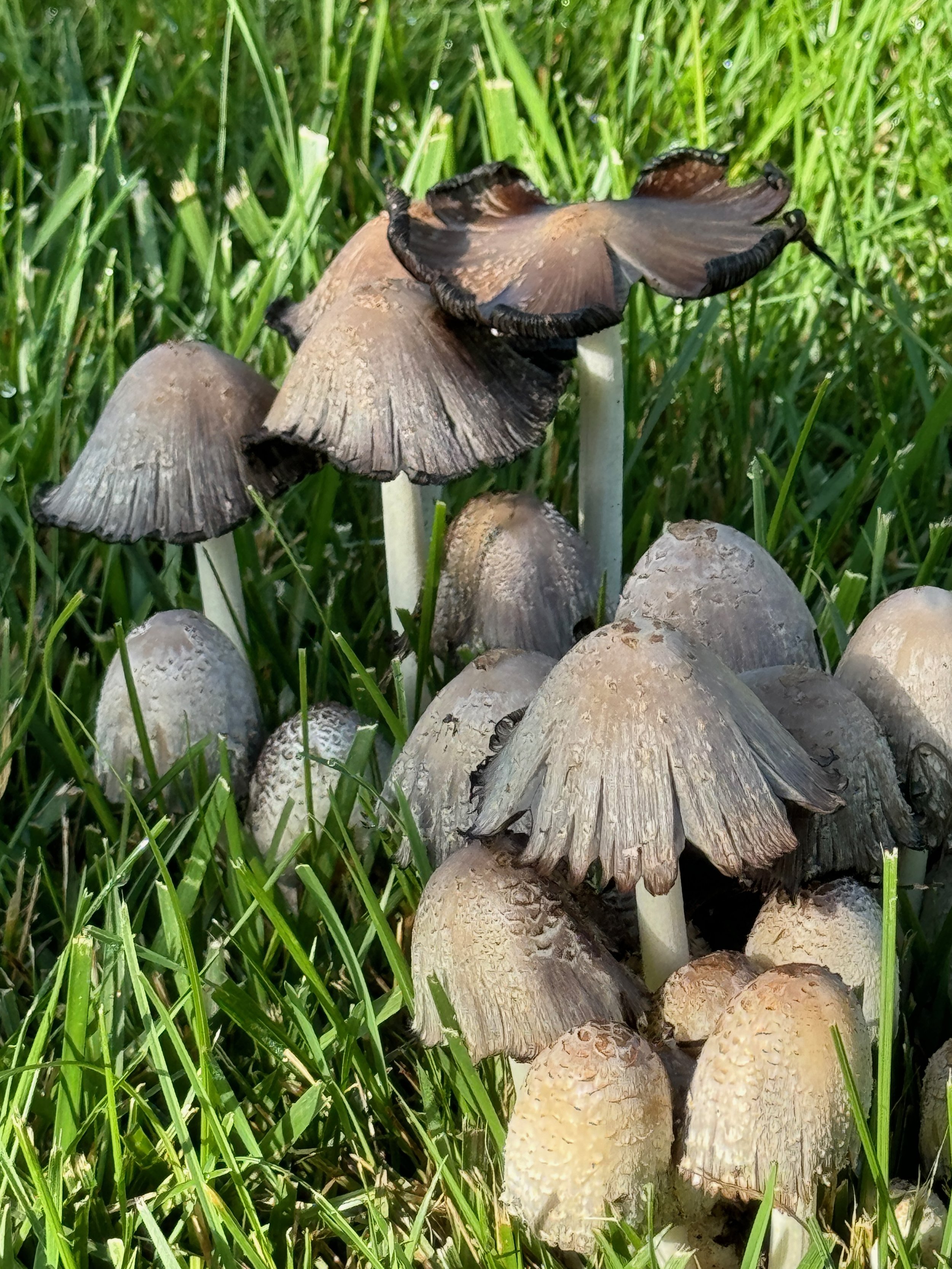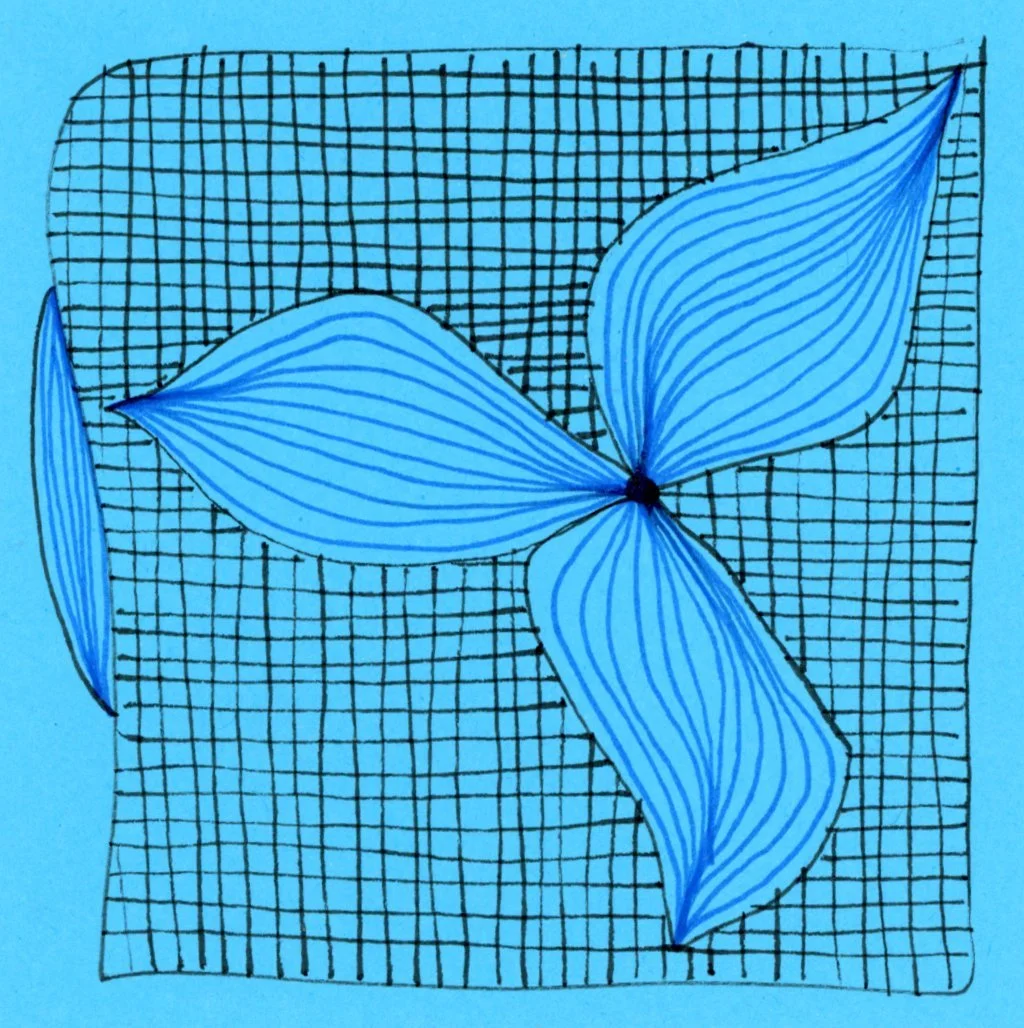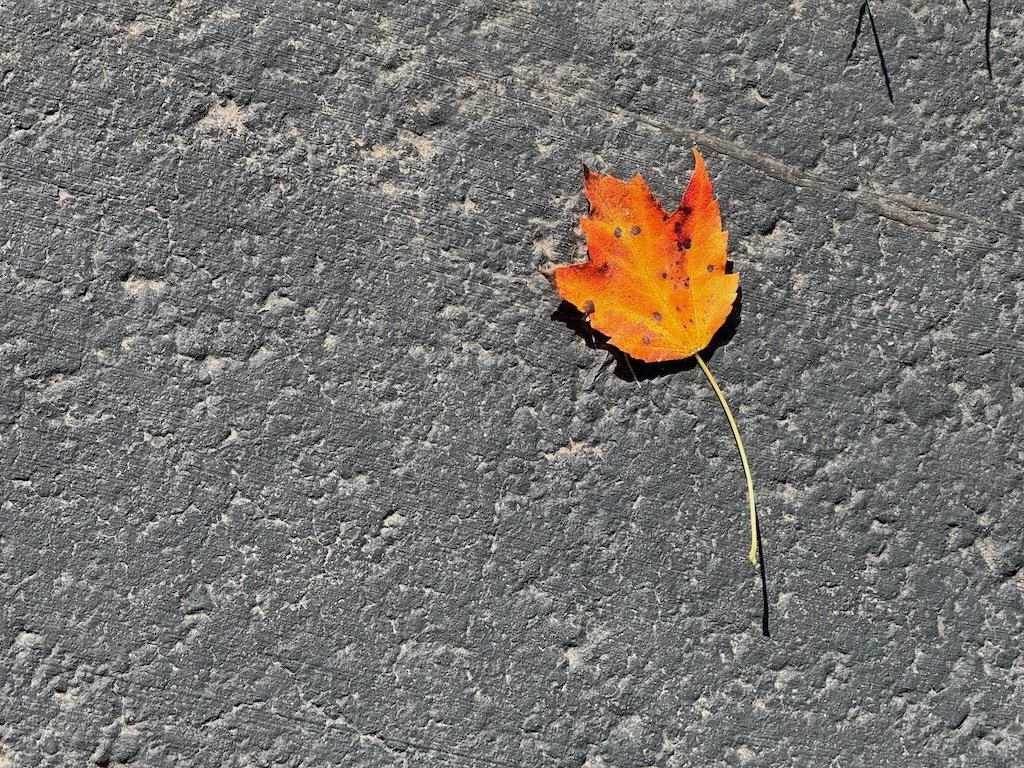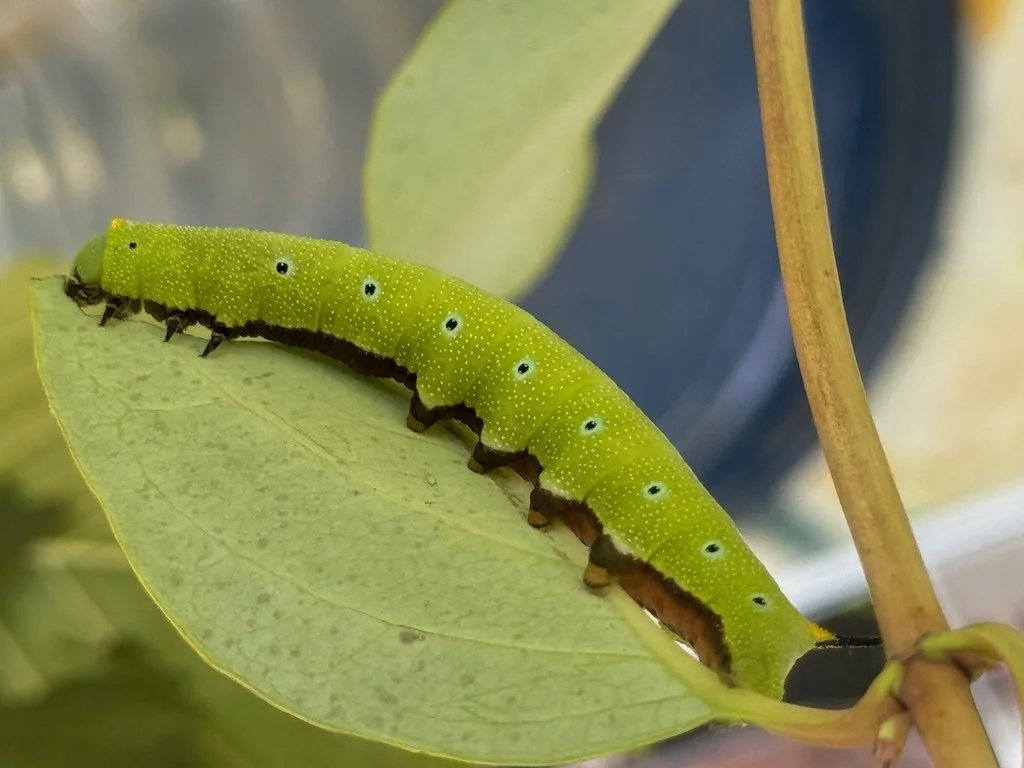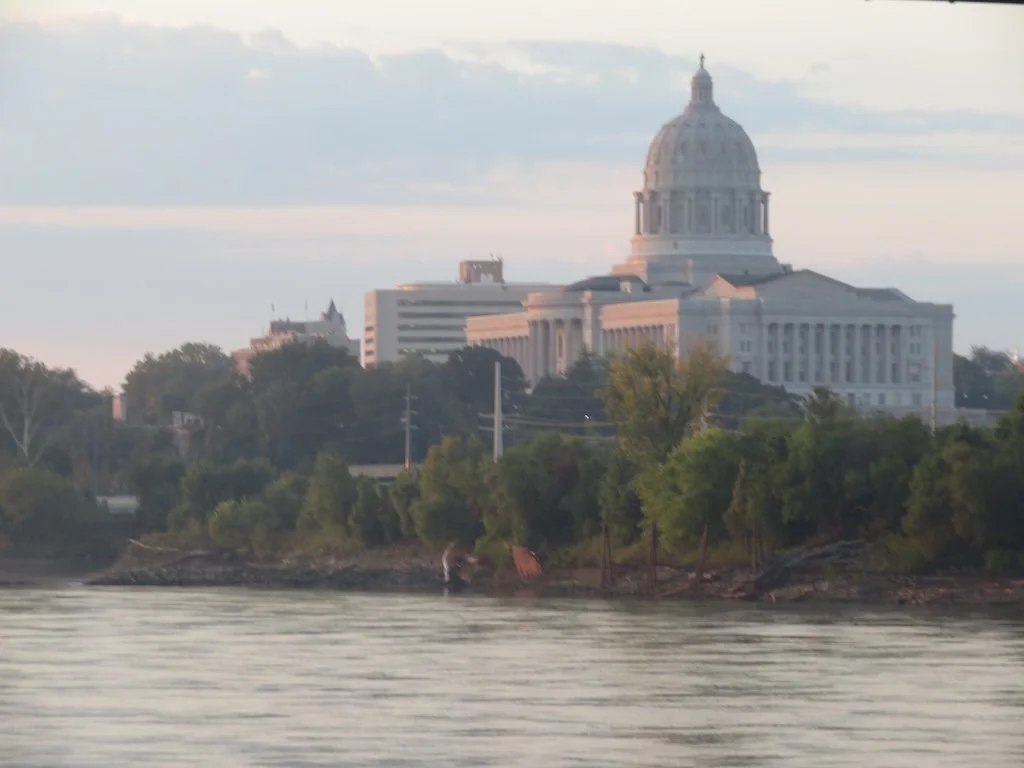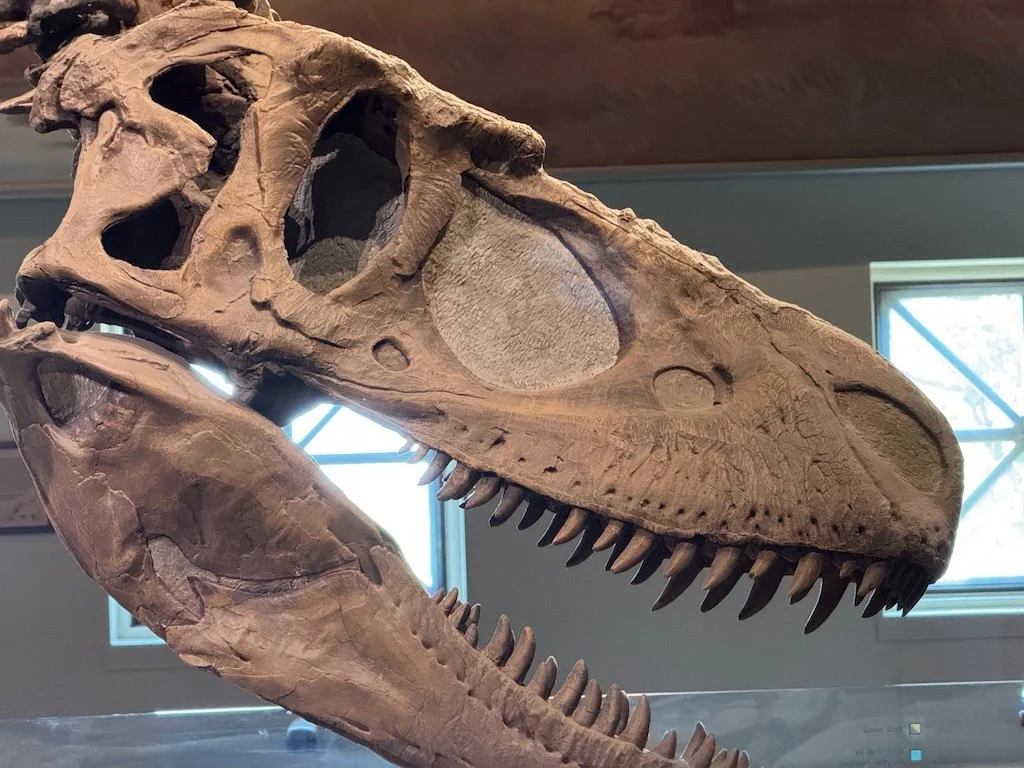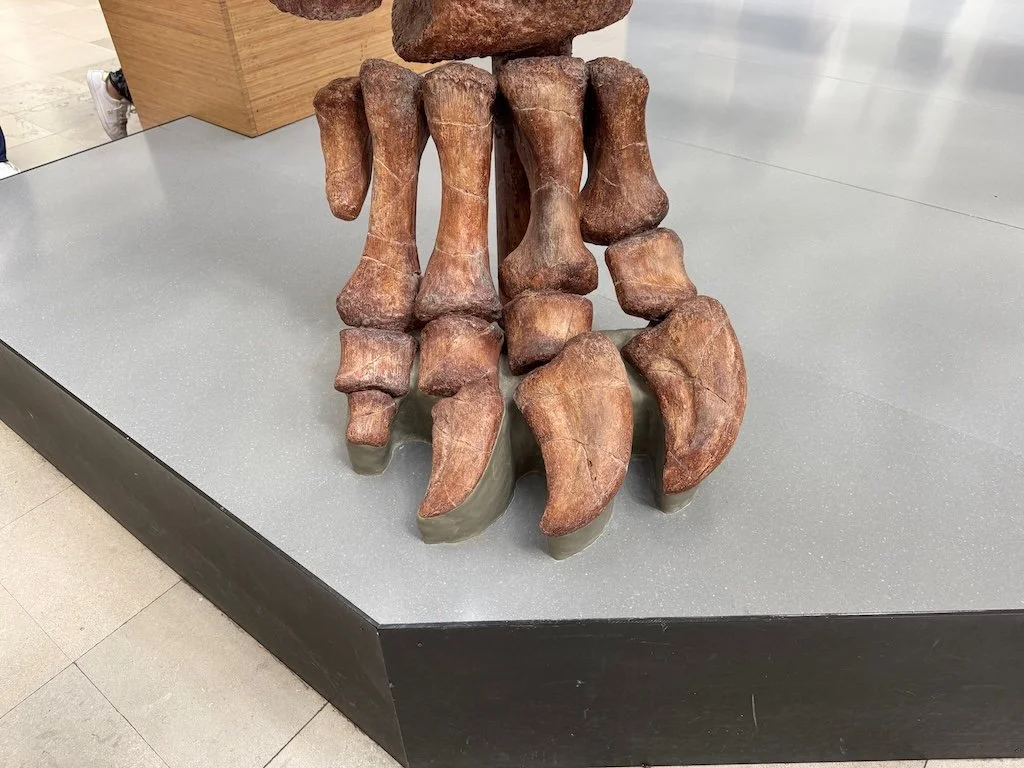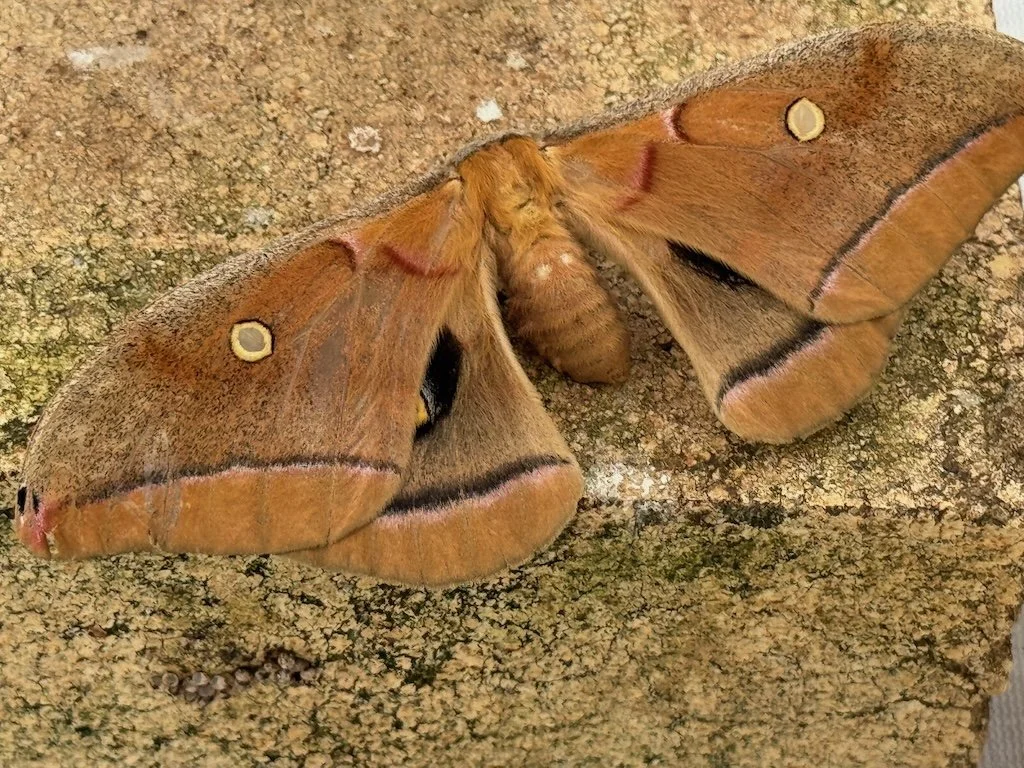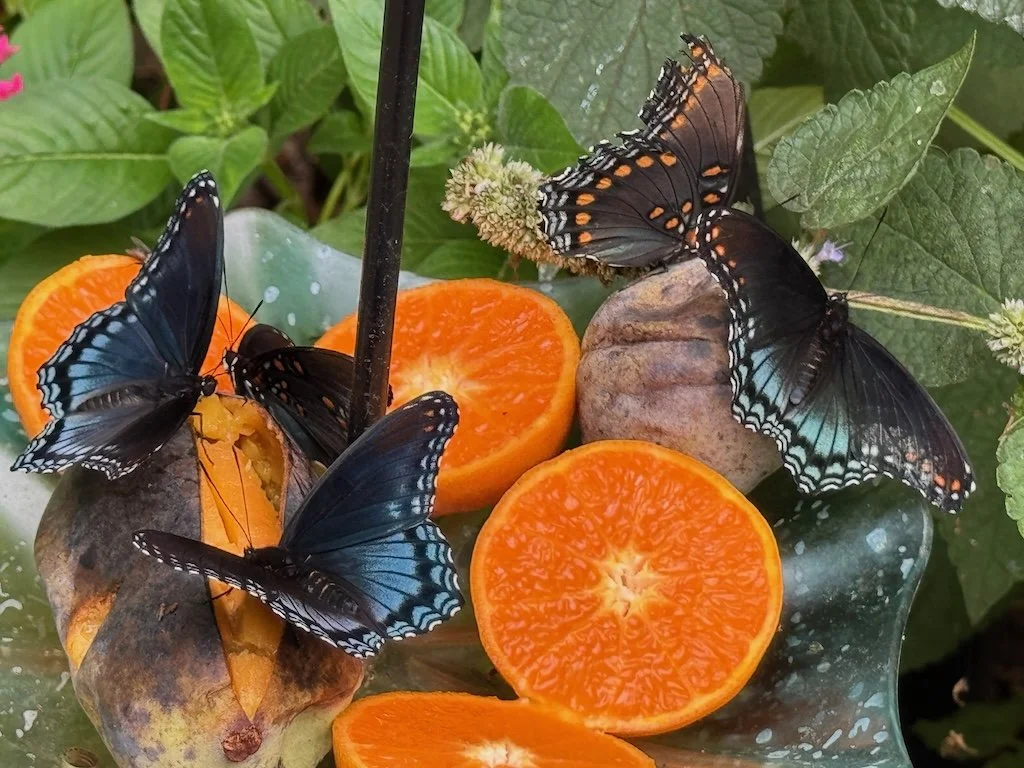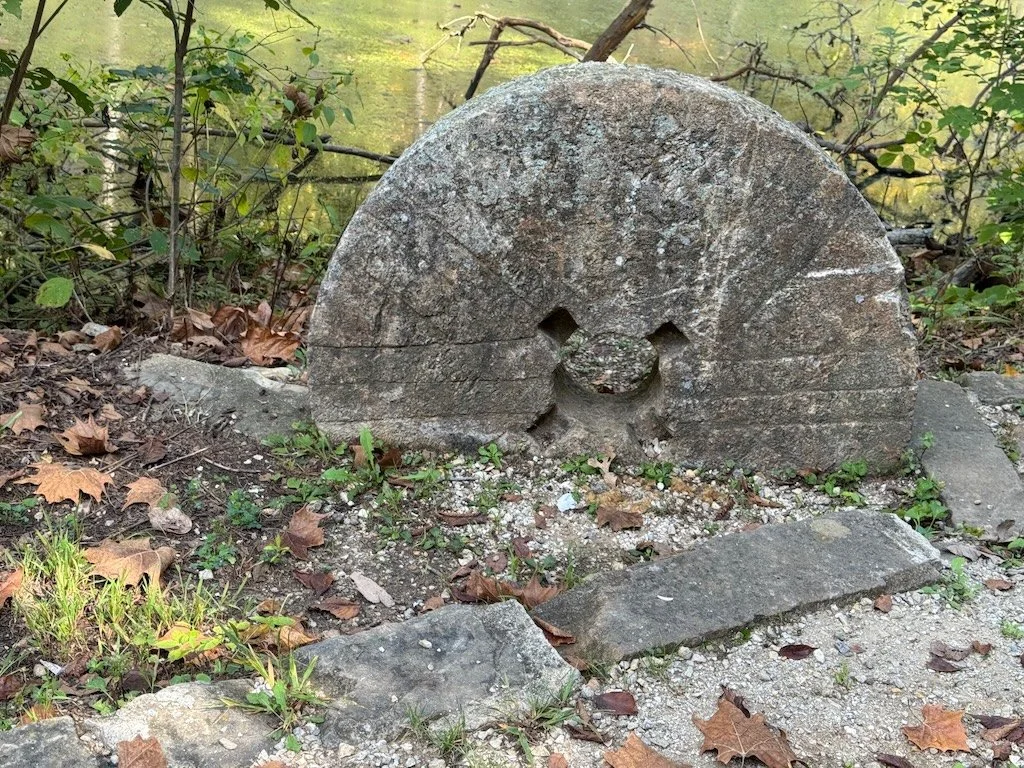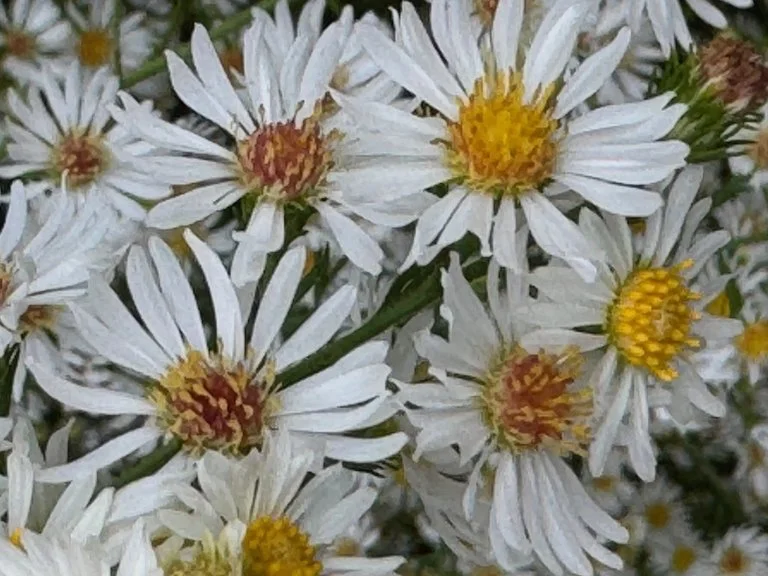eBontanical Prints – May 2024
/Twenty-one more books were added to the botanical print collection in May - available for browsing on Internet Archive. The whole list of 2,883 botanical eBooks can be accessed here. Click on any sample images to get an enlarged version…and the title hyperlink to view the entire volume on Internet Archive. Enjoy the May 2024 eBotanical Prints!
The set is unusual because the oldest book was published in 1928. Most months the books are from earlier decades/centuries. Another aspect that is unusual is that 19 of the books are from the same source (American Plant Life Society) and published over many years (1938 – 2006).
The Marine Algae of Florida with special reference to the Dry Tortugas * Taylor, William Randolph * sample image * 1928
The American species of Crepis, their interrelationships and distribution as affected by polyploidy and apomixis * Babcock, Ernest Brown * sample image * 1938
Herbertia V 1-5 (1934-1938) * American Amaryllis Society * sample image * 1938
Herbertia V 6-10 (1939-1943) * American Amaryllis Society * sample image * 1943
Herbertia V 40 (1984) * American Plant Life Society * sample image * 1943
Herbertia V 41 (1985) * American Plant Life Society * sample image * 1985
Herbertia V 42 (1986) * American Plant Life Society * sample image * 1986
Herbertia V 43 N1 (1986) * American Plant Life Society * sample image * 1987
Herbertia V 43 N2 (1987) * American Plant Life Society * sample image * 1987
Herbertia V 44 N1 (1988) * American Plant Life Society * sample image * 1987
Herbertia V 46 N1-2 (1990) * American Plant Life Society * sample image * 1990
Herbertia V 47 (1991) * American Plant Life Society * sample image * 1991
Herbertia V 48 (1992) * American Plant Life Society * sample image * 1992
Herbertia V 49 (1993) * American Plant Life Society * sample image * 1993
Herbertia V 50 (1994-1995) * American Plant Life Society * sample image * 1995
Herbertia V 51 (1996) * American Plant Life Society * sample image * 1996
Herbertia V 52 (1997) * American Plant Life Society * sample image * 1997
Herbertia V 53 (1998) * American Plant Life Society * sample image * 1998
Herbertia V 54 (1999) * American Plant Life Society * sample image * 1999
Herbertia V 59 (2004-2005) * American Plant Life Society * sample image * 2005
Herbertia V 60 (2005-2006) * American Plant Life Society * sample image * 2006

























